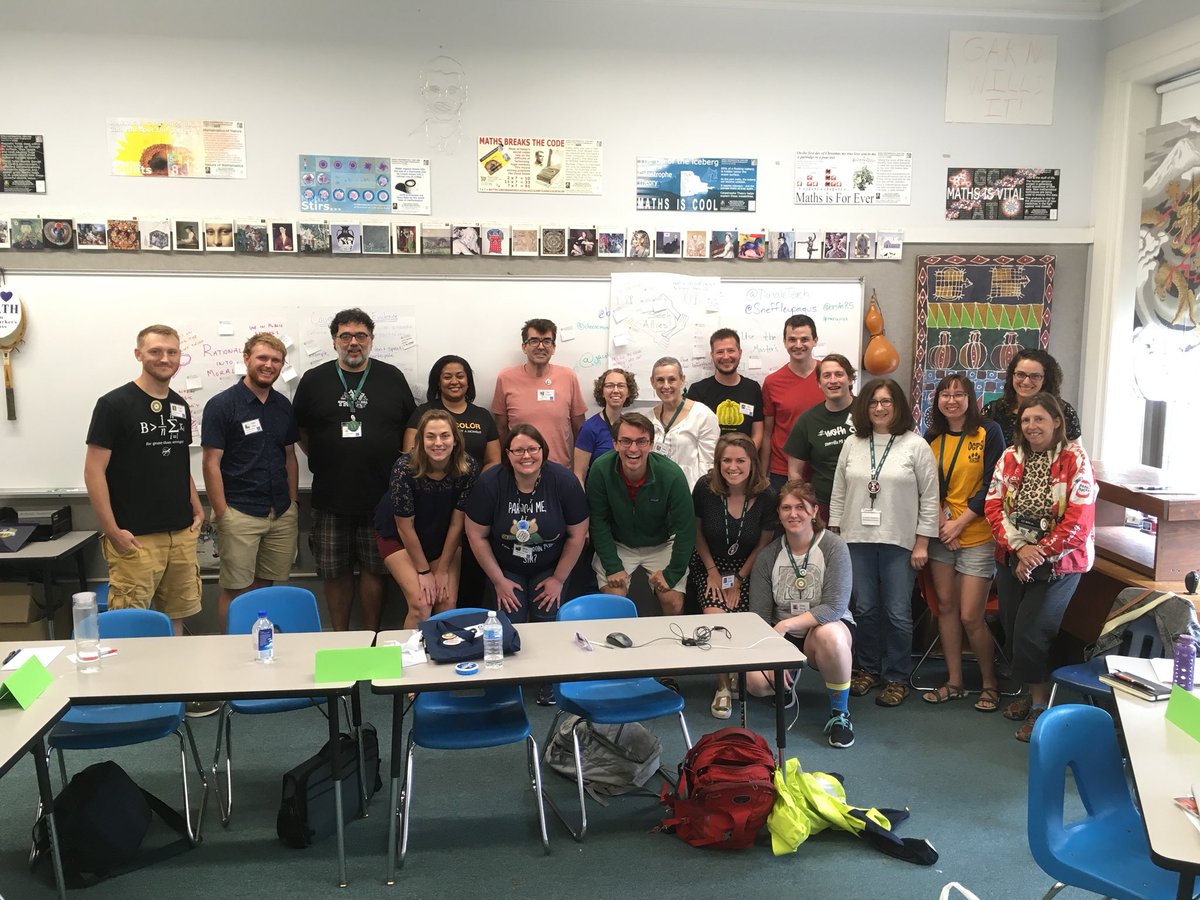 One of the things I don't get to do often, but love to do is observe other teachers. I get to see how they run the classroom, how their routines are set-up, and sometimes see really cool lessons. In Basic Geometry Mr. Fick and Ms. Groth had a lesson they were talking about that seemed really cool to observe. They had a bunch of different targets printed, lasers, and protractors.
One of the things I don't get to do often, but love to do is observe other teachers. I get to see how they run the classroom, how their routines are set-up, and sometimes see really cool lessons. In Basic Geometry Mr. Fick and Ms. Groth had a lesson they were talking about that seemed really cool to observe. They had a bunch of different targets printed, lasers, and protractors.To review the trigonometry they have been practicing in class. Ms. Groth had one student come up and set a target on the front wall of the classroom. She had already set a piece of tape on the ground, she wanted to know the angle that would make it so a laser would shine and hit the target. She asked the class what angle they thought it would be and students guessed. She then asked what other information is needed to know so they could accurately calculate the angle. A couple of students said the height and the distance. Those two students came up and measured both of those. Students were given a handout to write down and then calculate the given angle.
Ms. Groth then did another example where she already gave them the angle and height and they had to calculate the distance away.
I think a great extension to what I saw would to give each pair of students a target, laser, and compass. Then have students calculate their own. Or possibly have some sort of putt-putt kind of station moving from one target to the next.













.jpg)

























